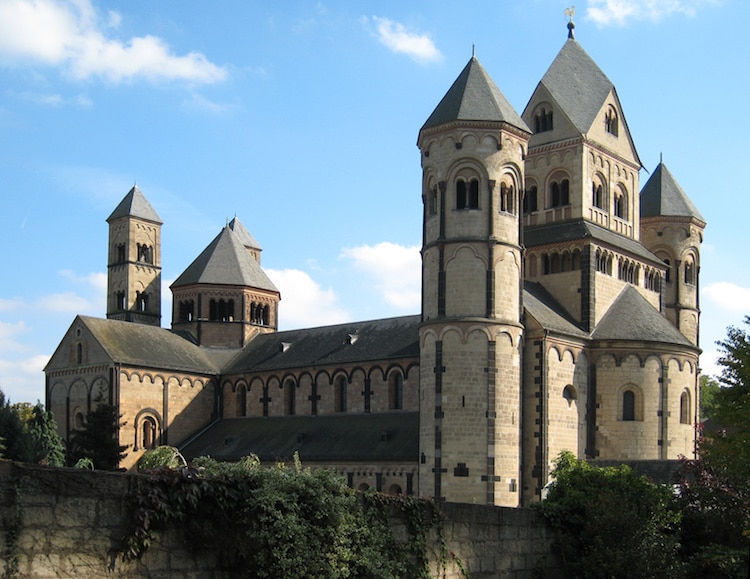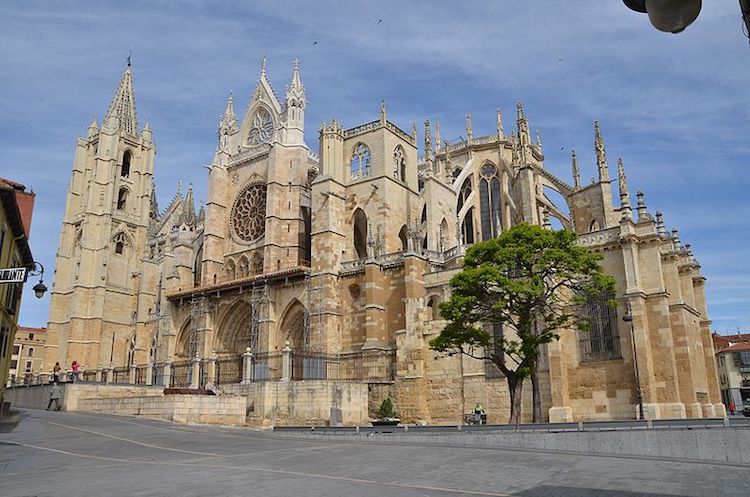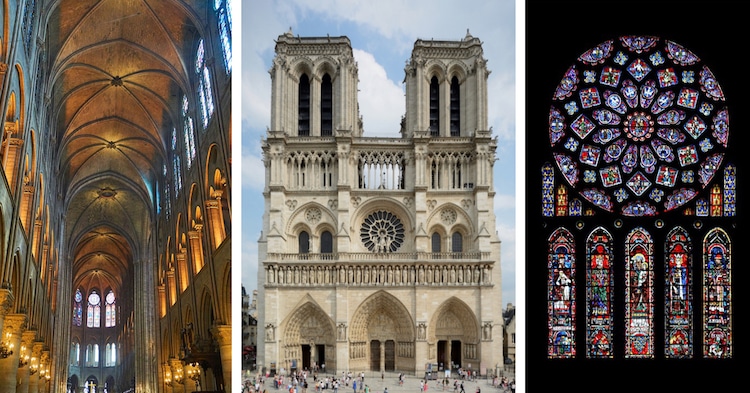Aesthetically ornate and conceptually transcendent, the Gothic style has become one of world’s most distinctive architectural movements. Though it originated in the Middle Ages, the one-of-a-kind genre continues to captivate today, as evident in some of Europe’s most beautiful buildings.
Listen beautiful relax classics on our Youtube channel.
While the Gothic approach appears to be a novel form of architecture, its signature style has been shaped by different influences. Here, we explore the genre, looking closely at its rich history, defining features, and most well-known examples.
What is Gothic Architecture?
Gothic architecture is a European style of architecture that values height and exhibits an intricate and delicate aesthetic. Though its roots are French, the Gothic approach can be found in churches, cathedrals, and other similar buildings in Europe and beyond.
History
During the Middle Ages, a new style of architecture emerged in Europe. Initially referred to as Opus Francigenum, or “French Work,” this architectural genre dominated European tastes—namely, that of the Roman Catholic Church—until the 16th century, when it became known as “Gothic.”
The Gothic style evolved from Romanesque architecture, a medieval aesthetic characterized by arches, vaulted ceilings, and small stained glass windows.

A Romanesque Abbey (Photo: Goldi64 at the German language Wikipedia [GFDL or CC-BY-SA-3.0], via Wikimedia Commons)
Gothic architecture adopted and adapted these Romanesque elements to produce a new style of building that featured exaggerated arches, increased vaulting, and enlarged windows. In addition to reinterpreting these characteristics, however, Gothic architecture also abandoned one key feature of Romanesque architecture: thick walls. To construct taller, more delicate buildings with thinner walls, Gothic architects employed flying buttresses for support. These stone structures allowed architects to create sky-high cathedrals and churches that evoked ethereality and reached toward the heavens.

Leon Cathedral (Photo: Adrian Farwell [CC BY 3.0], via Wikimedia Commons)
The post What We Can Learn From the Exquisite History and Ornate Aesthetic of Gothic Architecture appeared first on My Modern Met.
Source: mymodernmet.com
